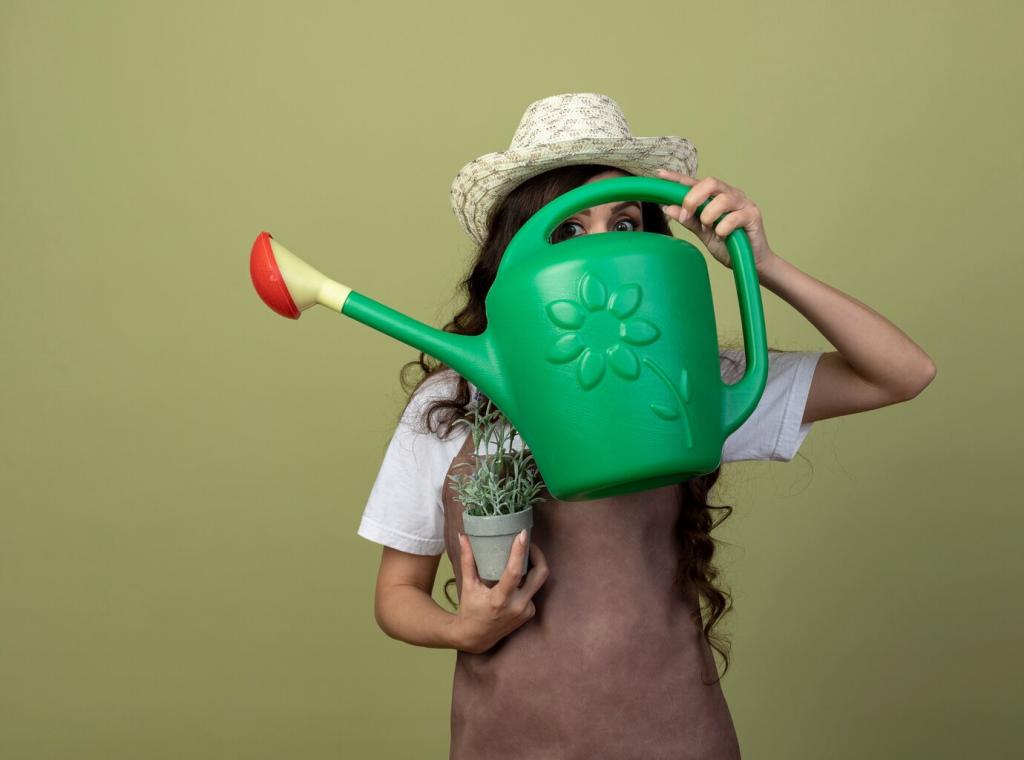
Beginner's Guide to Sustainable Urban Gardening
Urban gardening is a thriving movement that empowers city dwellers to grow their own food and greenery, promoting sustainability and well-being even in the heart of concrete jungles. This guide is designed for beginners who want to embrace eco-friendly practices and transform small spaces into lush, productive gardens. Discover techniques, essential tips, and actionable steps that will help you create and nurture your very own sustainable urban oasis.
Understanding Sustainable Urban Gardening
Sustainability in urban gardening comes from consciously applying methods that reduce harm to the environment while maximizing efficiency and productivity. This includes aspects such as minimizing chemical inputs, using organic fertilizers, and reusing materials whenever possible. The goal is to create a garden that is self-sustaining, demanding fewer inputs over time and providing ongoing yields without exhausting resources. As a beginner, understanding these principles helps lay a solid foundation for your green journey, ensuring your efforts benefit both your local ecosystem and the planet.
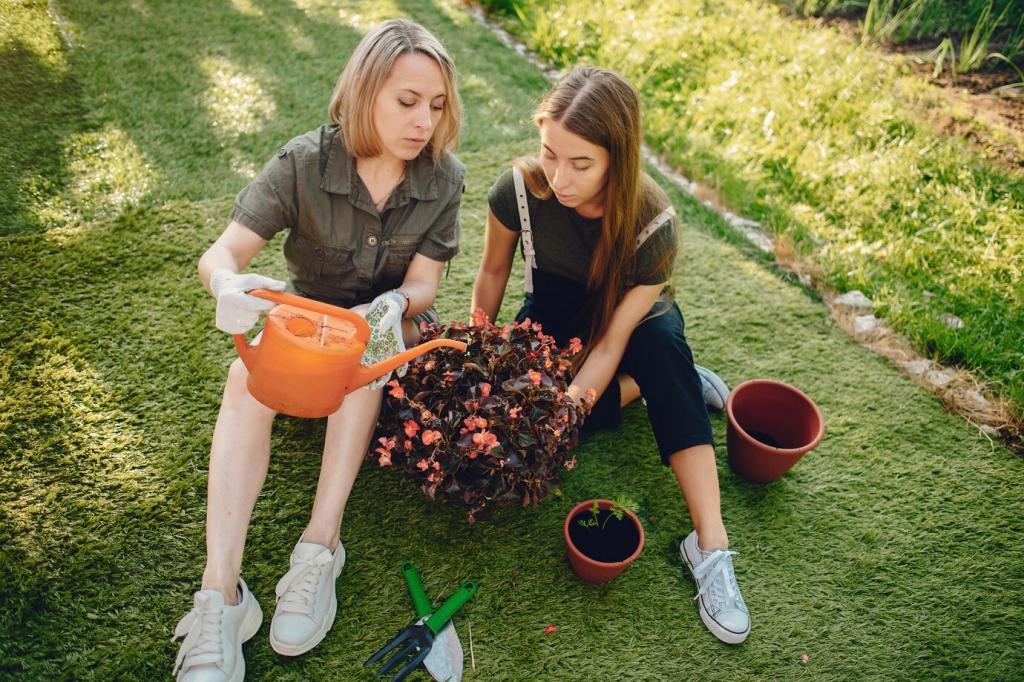
Previous
Next
Selecting the Right Space
Sun exposure is critical in urban gardening, as most vegetables and herbs require a minimum number of hours of sunlight each day. Observe your potential gardening area throughout the day to determine how much light it receives, and pay attention to microclimates created by nearby buildings, walls, or vents. Microclimates can provide both shelter and increased warmth for certain plants. By matching your plant choices to the conditions available, you’ll encourage healthier growth with less resource waste.
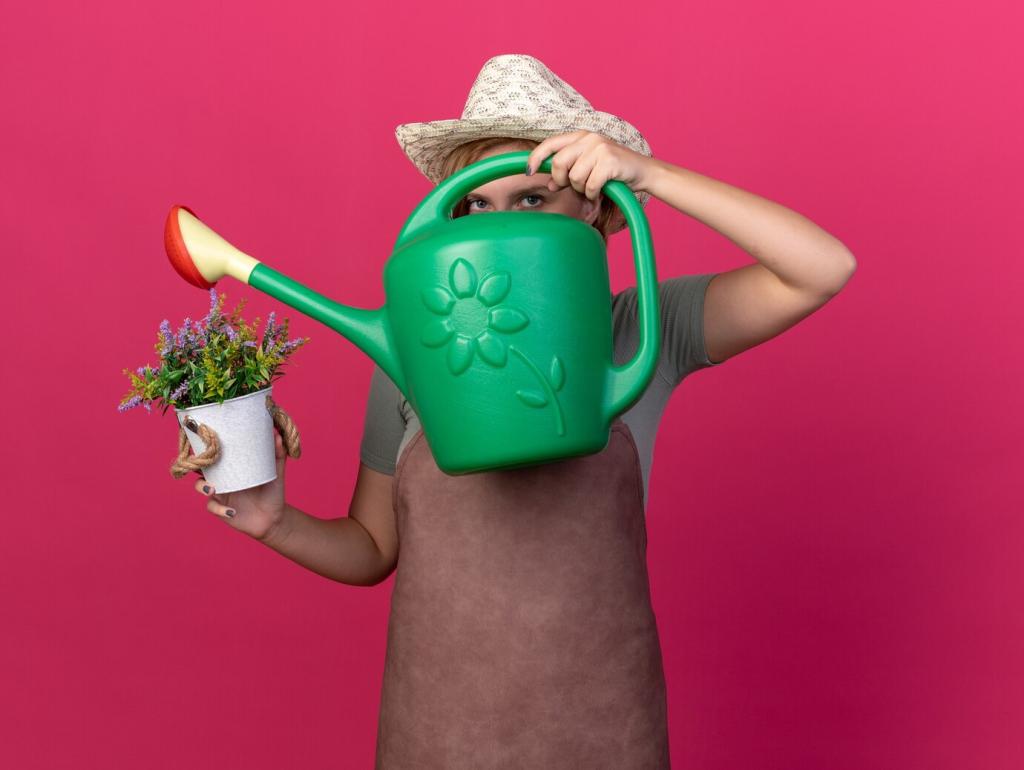
Upcycling and Repurposing Options
One of the most cost-effective and eco-friendly approaches is to upcycle containers from household waste. Old buckets, wooden crates, and even food packaging can become unique planters, reducing landfill waste and the need for new materials. Always check for toxins or residues by thoroughly cleaning containers before planting. Upcycling not only minimizes your environmental footprint but also lets your creative side shine, turning ordinary items into functional garden features that tell a story.
Benefits of Natural and Biodegradable Materials
Biodegradable pots made from coconut coir, peat, or pressed paper offer alternatives to plastic, aligning with sustainable practices. These materials gradually break down, enriching the soil and minimizing pollution. Clay and terracotta, while not biodegradable, are natural and reusable, making them another excellent choice. Prioritizing natural materials supports a healthier micro-ecosystem for roots and soil microbes, and reduces long-term waste. Always ensure your selected materials provide proper drainage and suit your particular gardening needs.
Avoiding Harmful Plastics and Toxins
Some plastics can leach harmful chemicals into soil and plants, especially when exposed to sunlight and heat. As a beginner, make it a habit to research the safety of any plastic containers, avoiding those with certain codes that signify potential toxicity. Invest in food-safe, durable pots or, better yet, opt for alternatives as outlined above. By consciously avoiding harmful materials, you protect your plants, yourself, and the broader environment from unnecessary chemical exposure.
Building Healthy Soil in the City
Composting turns everyday food scraps into valuable organic matter, reducing landfill waste and boosting soil fertility. In urban settings, vermicomposting (using worms) or bokashi bins are compact solutions suitable for indoors or balconies. By regularly adding composted material to your garden, you improve soil structure, enhance moisture retention, and supply essential nutrients. Composting is both a sustainable waste solution and a cornerstone of healthy urban soil building.
Before planting directly in city ground, it’s important to test soil for contaminants like heavy metals or excessive salts. Testing kits or professional services can provide insight into what amendments are necessary. If contaminants are present, raised beds with imported soil or containers are safer options. For fertility, natural amendments such as compost, worm castings, or biochar rejuvenate poor soils, enabling your crops to thrive without synthetic fertilizers.
A vital yet often overlooked aspect of sustainable gardening is promoting soil biology. Healthy soil teems with beneficial bacteria, fungi, and insects that contribute to nutrient cycling and plant resilience. Avoid chemical pesticides and excessive tilling, as these disrupt soil life. Instead, feed your soil with organic matter and mulch, and consider inoculating with mycorrhizal fungi if accessible. Over time, a thriving soil ecosystem will underpin the health and productivity of your urban garden.
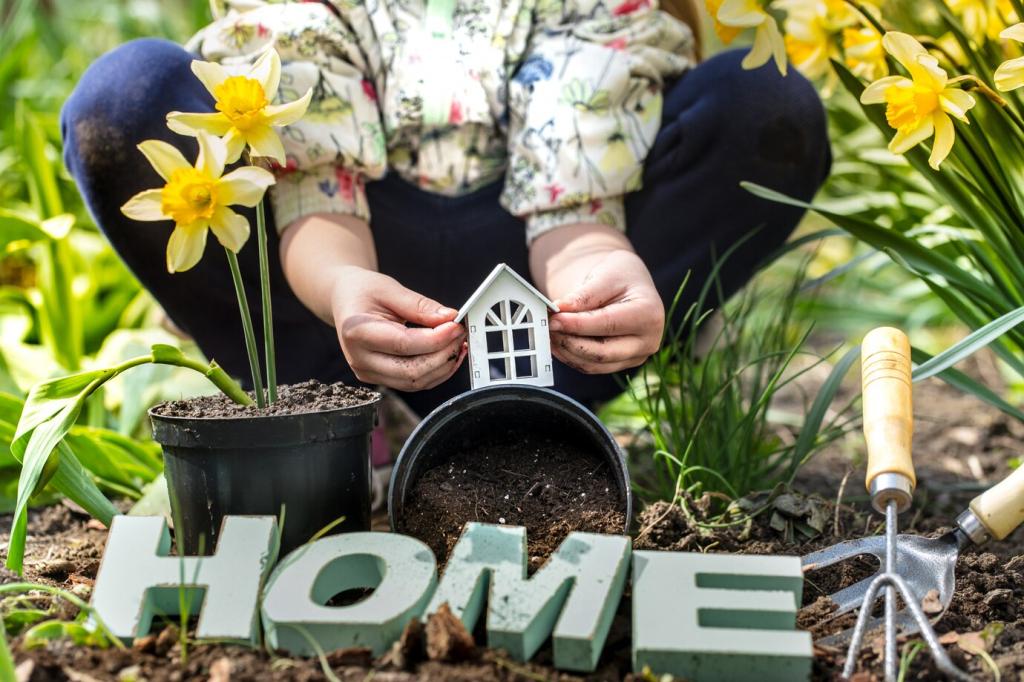
Water Conservation and Management
Collecting and Reusing Rainwater
Rainwater harvesting is a simple, sustainable way to irrigate gardens. Collect rain from rooftops using barrels or other containers, and use it for watering rather than relying solely on tap water. Not only does this reduce your utility bills, but rainwater is often softer and better for plants. Ensure your collection methods are safe, especially when growing edibles, and check with local regulations regarding rainwater use.
Implementing Efficient Irrigation
Efficient irrigation methods like drip systems or clay pot (olla) watering deliver moisture directly to plant roots, minimizing evaporation and runoff. These systems are easy to set up in containers or raised beds and save significant amounts of water compared to overhead watering. Beginners can start small by manually watering in the morning or evening when evaporation is lower, or gradually install more automated setups for consistent, efficient moisture delivery.
Mulching for Moisture Retention
Applying organic mulch such as straw, wood chips, or shredded leaves to the surface of your soil dramatically improves water conservation. Mulch acts as a protective blanket, reducing evaporation, controlling weeds, and helping maintain stable soil temperatures. Over time, as the mulch breaks down, it also contributes organic matter. For city gardeners, mulching is an effortless, sustainable solution that ensures your plants stay hydrated longer with less frequent watering.
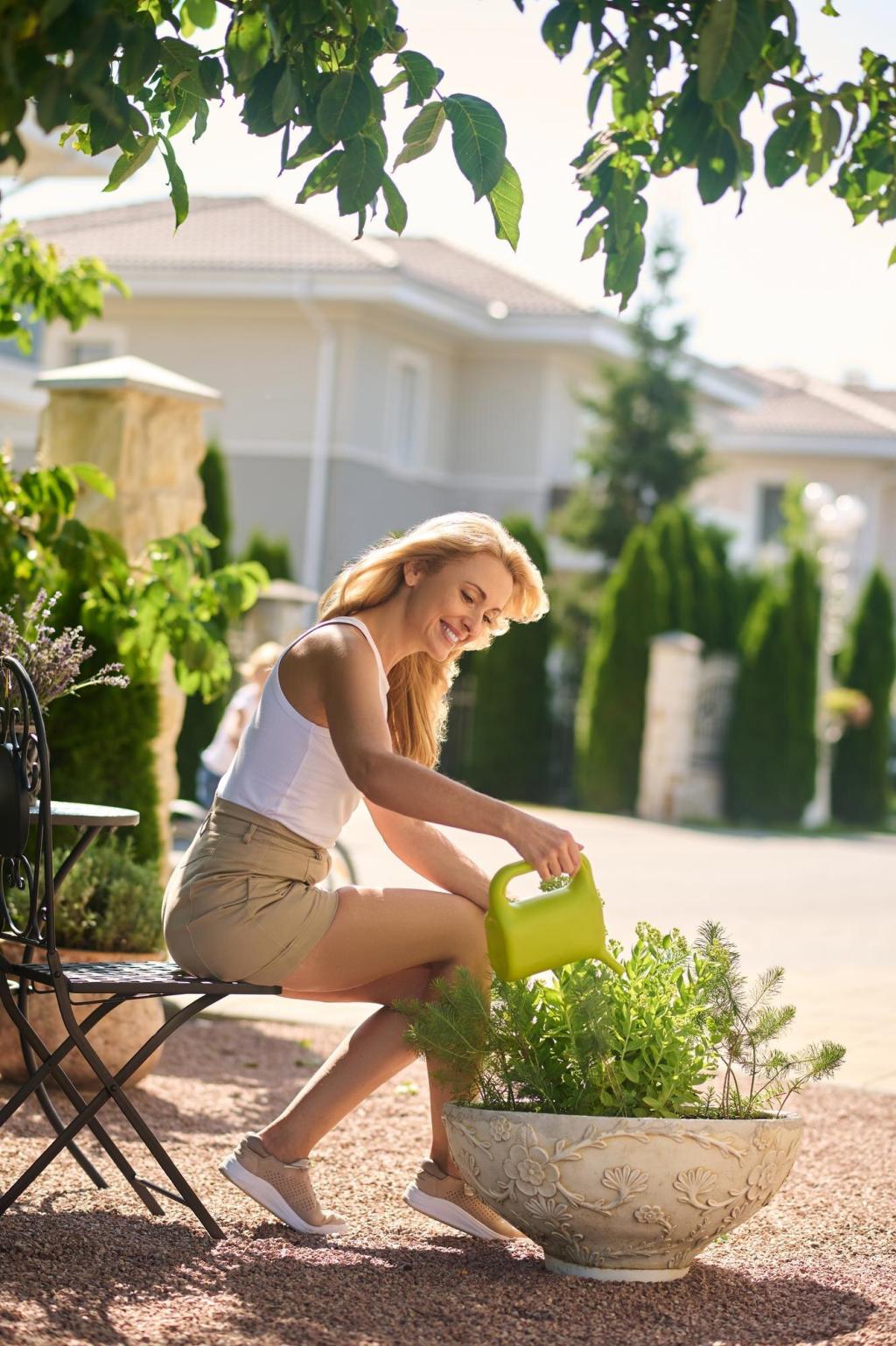
Growing your own vegetables, herbs, and fruits not only provides fresh, local food but also fosters self-sufficiency. Start with crops suited to containers and your available sunlight, such as lettuces, tomatoes, peppers, and culinary herbs. Compact or dwarf varieties thrive in small spaces and produce quickly. Edible gardening connects you with your food source, minimizes reliance on store-bought produce, and reduces packaging waste, all key tenets of sustainability.
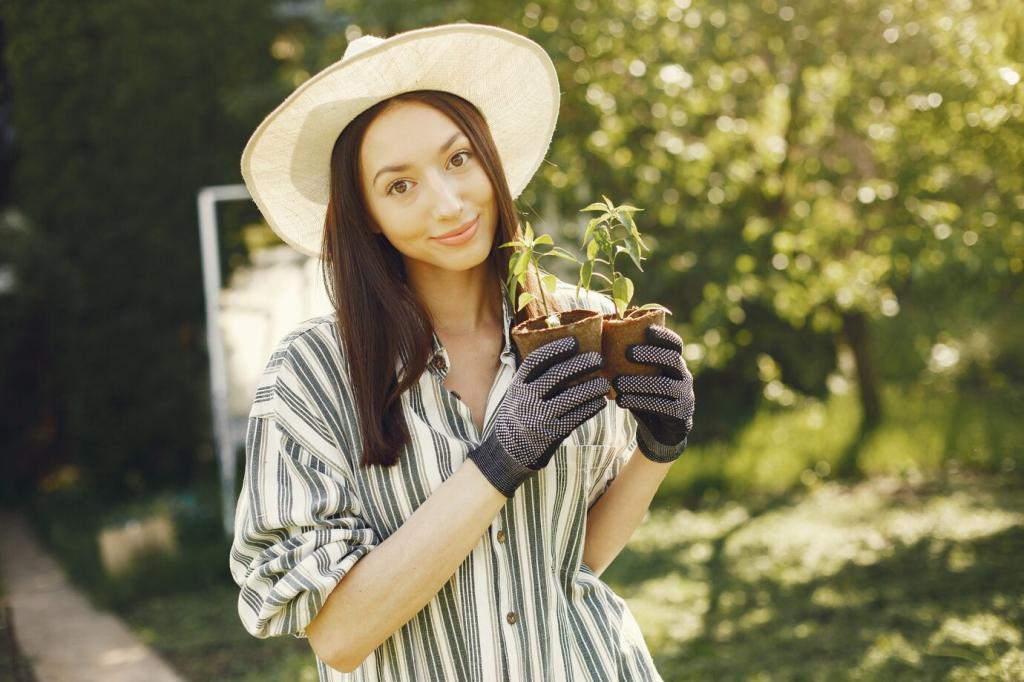
Community Engagement and Resource Sharing
Participating in neighborhood garden clubs or community plots provides access to shared tools, seeds, and expertise. These groups often organize workshops, plant swaps, or collective compost projects, making sustainable gardening accessible to more people. For newcomers, local groups are a valuable resource for troubleshooting, encouragement, and camaraderie. Sharing your experiences and learning from others strengthens your skills and deepens your connection to the urban gardening community.

